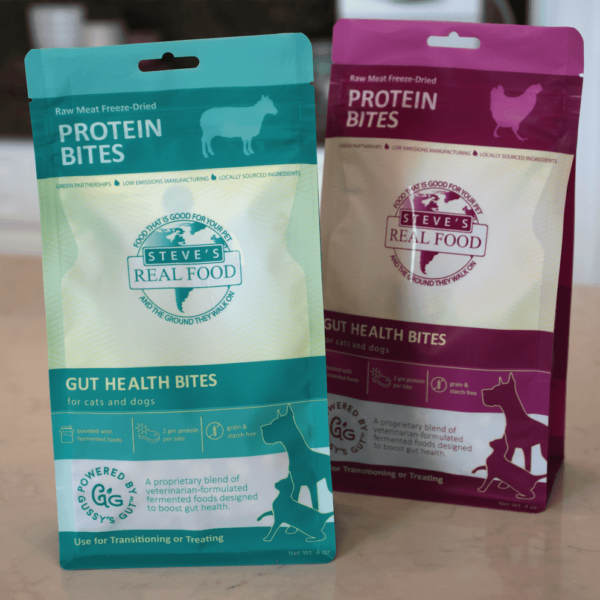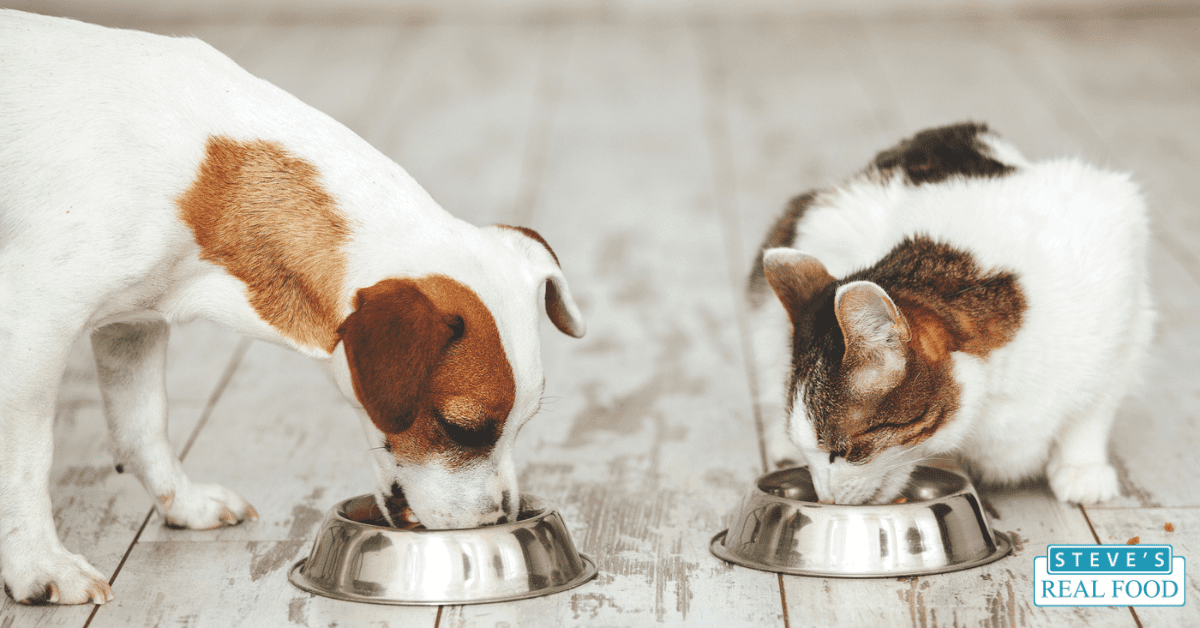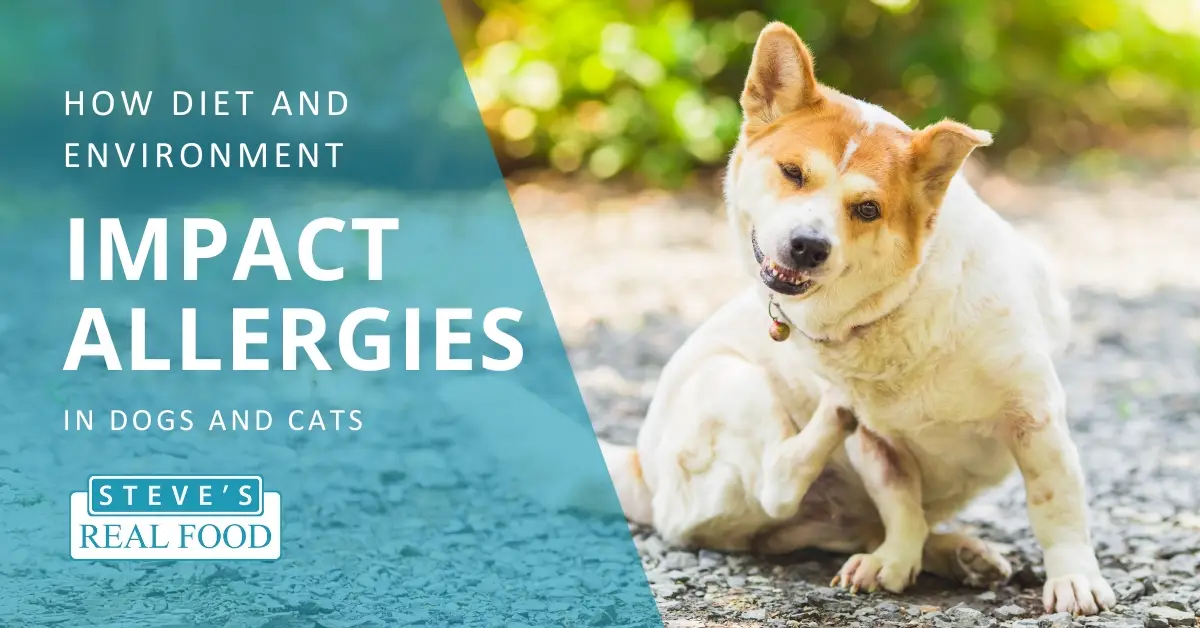Can our pets eat fermented foods? YES, fermented foods may actually be one of the most beneficial things you can add to your pet’s diet!
What is fermentation?
Fermentation is a process as old as life itself. It’s happening all around us, even inside our bodies! When it comes to food, fermentation is the process of bacteria and yeasts breaking down sugar and starch. You may already be familiar with some fermented foods and not even realize it! Yogurt, kefir, sauerkraut, and kombucha are popular fermented foods you can probably find at your local grocery store.
Why are fermented foods so beneficial to our and our pet’s health?
Fermentation transforms food’s nutrients; here are some of the amazing things that happen when food is fermented:
- During fermentation, bacteria and yeast break down sugars and starch, greatly reducing the overall carb content of a food. They leave the insoluble fibers intact, making fermented foods naturally low in sugar and high in prebiotics, the food source of probiotics!
- As the good bacteria consume the sugars, they rapidly multiply, making fermented foods a great natural source of probiotics! What are probiotics? Well, they’re the healthy bacteria in your pet’s digestive tract! Probiotics are responsible for helping your pet break down their food, absorbing vitamins and minerals, and supporting the immune system.
- Fermentation also helps to break down antinutrients, compounds naturally found in plant matter that make it harder to digest and utilize nutrients. Carnivores have an especially hard time with antinutrients because of their short digestive tract, and fermentation is a great way to combat this issue!
- If that’s not enough, not only is it proven to greatly increase the levels of certain vitamins and minerals already present in foods (calcium, manganese, iron, vitamin C, and vitamin K), but it can create B vitamins not previously present!
How do I add fermented foods to my pet’s diet?
After learning all the exciting benefits of fermented foods, you may ask yourself: How do I get these into my pet’s diet?? Well, at Steve’s Real Food, we were asking ourselves that very same question! Have you ever tried to get your cat to drink Kombucha? Not gonna happen.
So we came up with a simple solution, a highly palatable treat that incorporates 20% fermented foods!
Protein Bites: freeze-dried treats with a purpose

To bring these treats to life, we’ve partnered with Gussy’s Gut, an amazing supplement company based in Colorado that specializes in wild fermentation. Created under the advisement of veterinary surgeon Dr.Ian Billinghurst, the “Father of Raw” food movement, Gussy’s Gut’s fermentation process uses the good bacteria and yeasts naturally found in raw fruits and vegetables to ferment the plant matter naturally. By not relying on added bacteria to begin our fermentation process, our one-of-a-kind treats have a different and more diverse profile of probiotics.
With their digestive system making up over 70% of our pets’ immune systems, one of the absolute best things we can do for their health and longevity is to prioritize gut health! What better way than adding Protein Bites to their diet?
Look for Protein Bites at your favorite Steve’s Real Food store. Click here to find a location near you.





